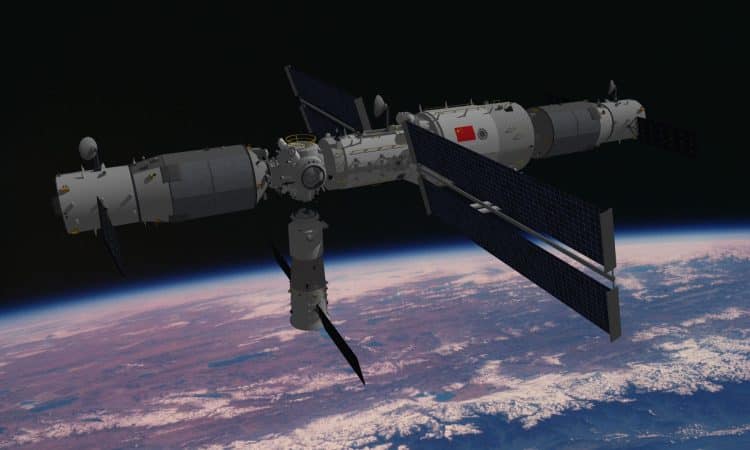
Chinese astronauts aboard the Tiangong space station are studying ancient microbes such as anaerobic archaea in an experiment to determine whether some of Earth’s early life forms can survive in a simulated space environment.
Shenzhou 18 crew members Commander Ye Guangfu and his colleagues Li Cong and Li Guangsu have been on board since late April and have been busy performing spacewalks and conducting experiments.
Their scientific activities include research on space radiation damage and the adaptability of anaerobic archaea. Archaea are a domain of single-celled organisms and some of the oldest forms of life on Earth. The archaea used in the Tiangong experiment consume hydrogen and carbon dioxide, producing methane as a waste product.
Ancient microbes help us in our search for life on other planets
The research aims to test their survival in conditions similar to those on Mars and under extreme cosmic radiation, thus contributing to the search for extraterrestrial life, according to a report by Chinese state broadcaster CCTV.
Methane, a potential biomarker as well as a gas produced by geological processes, has been detected several times on Mars and is of great interest to scientists. Experiments similar to have been sent to the International Space Station (ISS) as part of research into the possibility of life beyond Earth.
Anaerobic archaea were delivered to the space station aboard the Tianzhou 7 cargo ship earlier this year and housed in a small centrifuge module on Tiangong. Meanwhile, Ye Guangfu and his crew worked on a wide range of other experiments and maintenance tasks. These include replacing samples in fluid physics cabinets and containerless cabinets, performing vacuum operations in the combustion chamber, and conducting experiments related to microgravity fluid physics, combustion science, and space materials science.
Tiangong space station conducts many researches
Other recent tests include pharmacokinetic studies to assess the impact of long-duration spaceflight and provide baselines for in-orbit medication, according to CCTV.
China completed construction of the Tiangong station in late 2022 and plans to keep this orbital outpost permanently inhabited and continue conducting experiments for at least a decade. The astronauts of the Shenzhou 19 mission are scheduled to launch to Tiangong around November. They will take over work from the current crew, who will return to Earth after a few days of sharing the space station.

